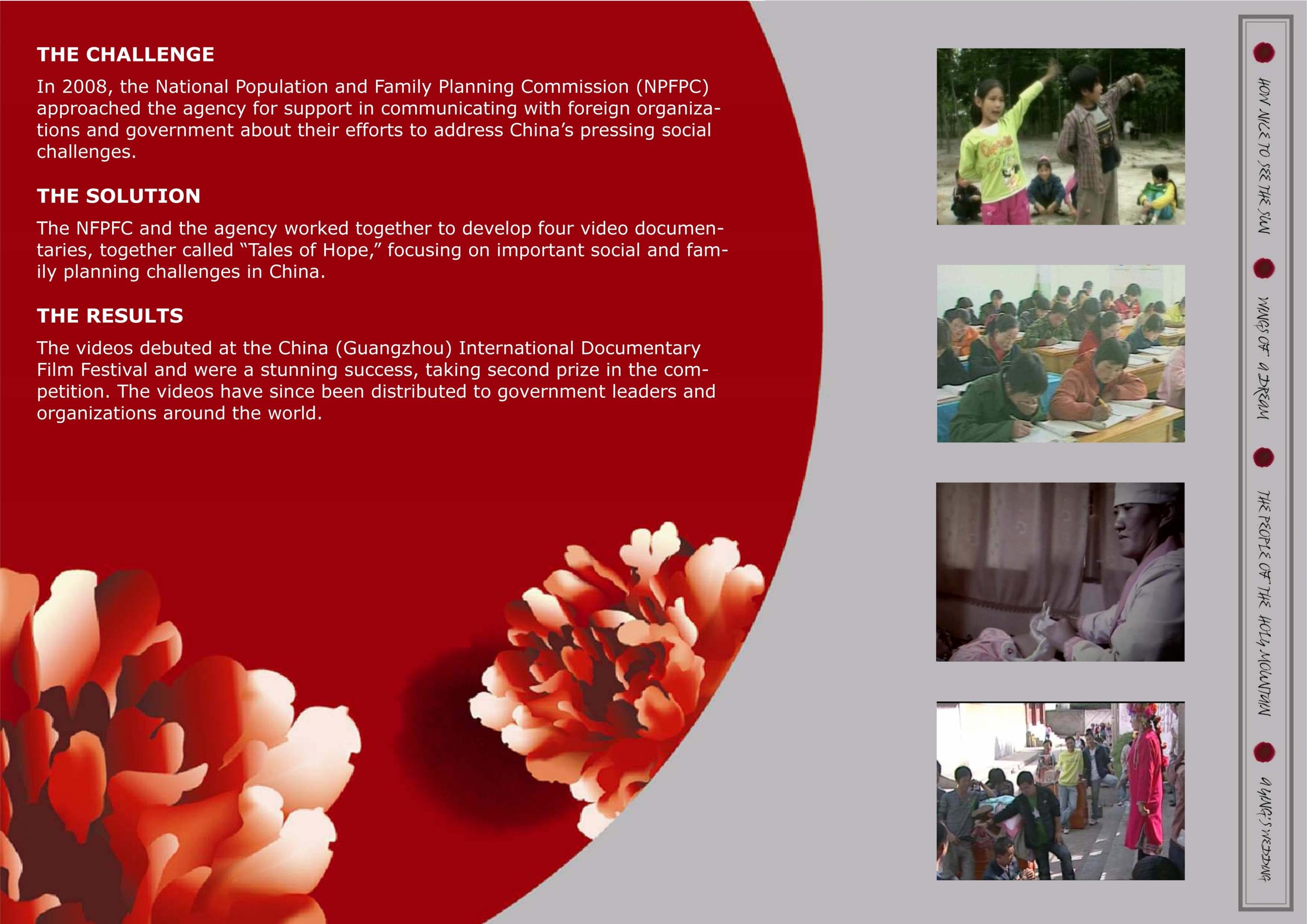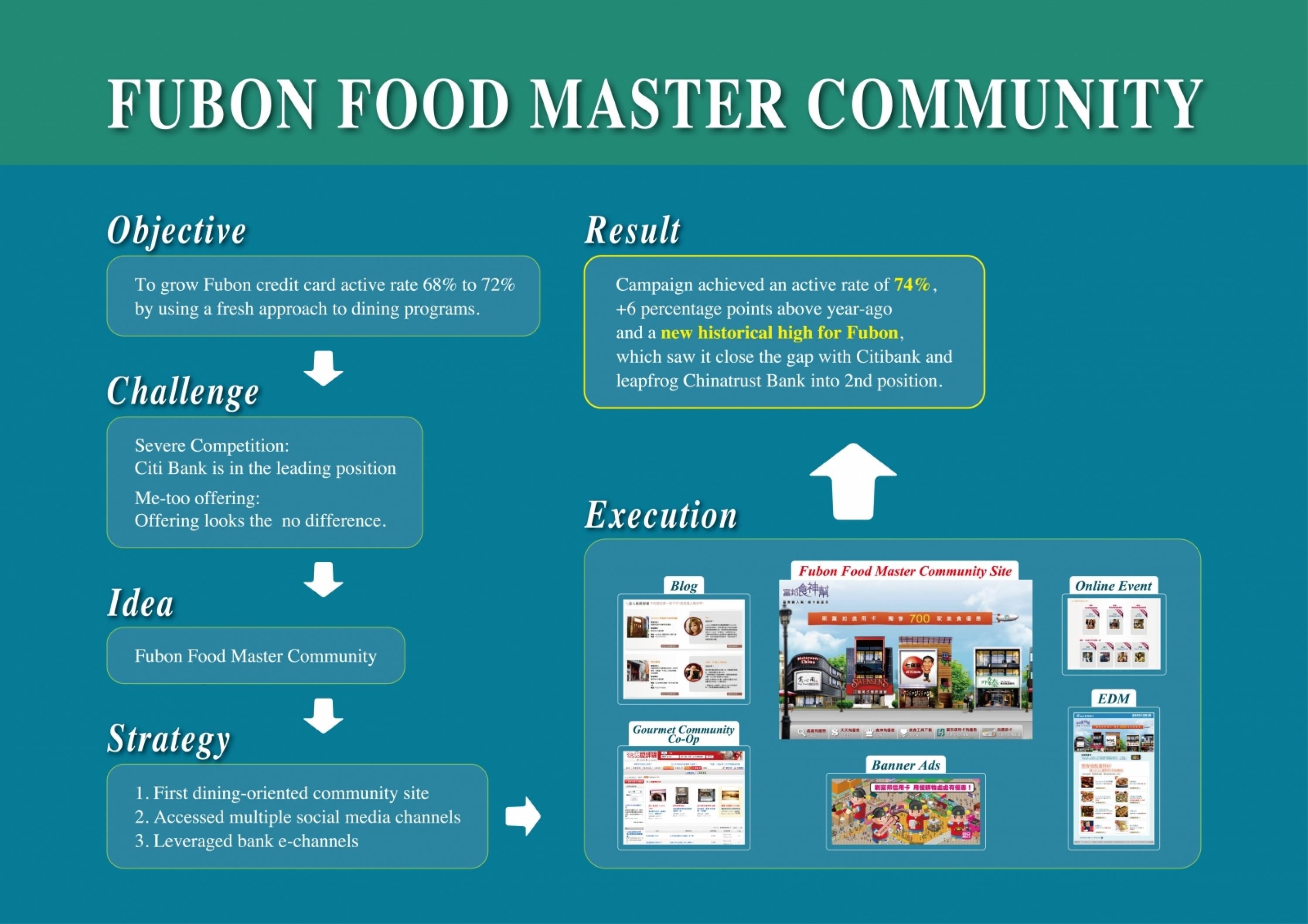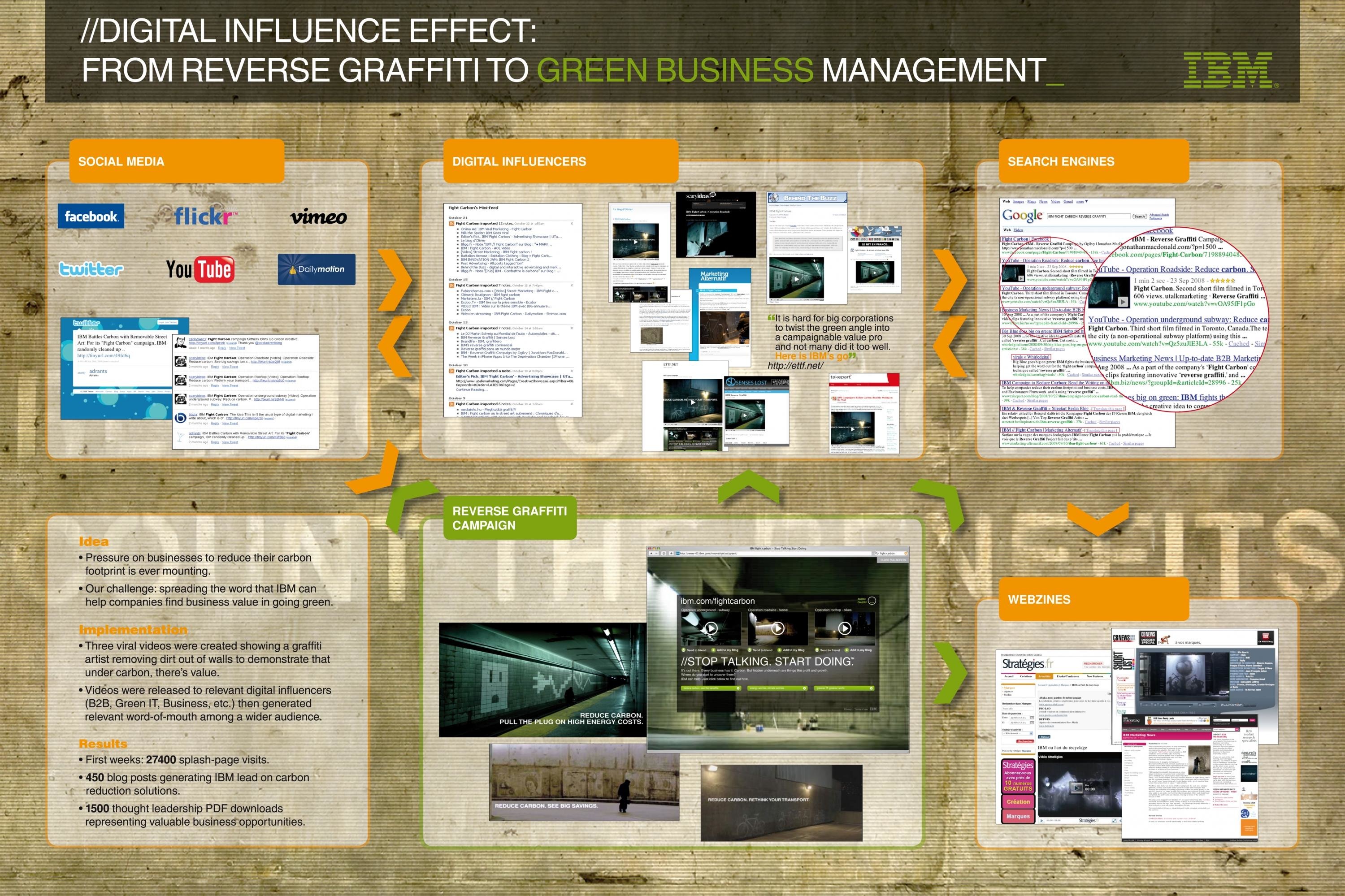PR > Technique
THE COMEBACK
OGILVY PUBLIC RELATIONS, New York / BP / 2013

Overview
Credits
OVERVIEW
CampaignDescription
The ink was barely dry on BP’s sponsorship of the U.S. Olympic Committee in 2010 when an oil rig exploded in the Gulf of Mexico, becoming one of the worst environmental accidents in history. Soon, 81 percent of U.S. consumers viewed BP unfavorably (Washington Post/ABC News polls). By 2012, BP was the only major Olympic sponsor to enter the London Games with a negative brand perception. Its presence at the Games ranged from controversial (some Olympic fans demanded BP remove its sponsorship) to unknown (others simply had no idea BP was involved). It would take a new approach to change the trajectory of BP’s perception among consumer opinion makers and sports fans. And with so much conversation about the Games appearing online, negative chatter on social networks had to be reversed.
Instead of throwing in the towel, BP stood by its commitment. Acknowledging adversity, BP selected nine U.S. Olympic and Paralympic hopefuls who faced formidable obstacles in their Olympic quests and were looking for a comeback. Through strong social outreach using branded digital content, BP created a support network of family, friends and fans that emphasized easy and authentic sharing of these personal stories. BP supported this campaign through strategic owned, paid and media partnerships–and staged a 'comeback' of its own.
Post-Olympics, awareness of BP’s sponsorship was among the highest of all USOC partners; more importantly, perception scores for BP went from drastically negative to positive – the second largest increase in perception of all Olympic sponsors.
ClientBriefOrObjective
After several years of addressing the accident, the Olympic Games were BP’s first opportunity to give consumers a chance to see and interact with BP on a different field of play. Still, Olympic polls showed three-quarters of consumers thought BP’s sponsorship was a “sneaky” way to curry favor with Americans, so BP sought to:
1. Authentically connect with consumers to demonstrate its commitment to Team USA
2. Improve its brand perception
3. Increase awareness of its sponsorship
The target audience was primarily opinion formers and Olympic enthusiasts.
Effectiveness
Despite skeptical audiences, BP’s Olympics sponsorship successfully reframed how it’s perceived. A tracking survey found awareness of BP’s sponsorship reached 23 percent among target audiences, surpassing Ford and Citibank; 68 percent found it relevant.
With awareness came acceptance: BP’s Team USA Facebook community grew to more than 300,000 fans, tripling BP’s goal. Its YouTube channel garnered 1.8 million impressions. BP earned 35,000 Twitter followers.
Sentiment online reversed from 4 percent positive / 7 percent negative in April 2012 to 7 percent positive / 4 percent negative in September 2012. Facebook interactions were 82 percent favorable when the Games ended.
BP overcame its negative brand perception. A YouGovBrandIndex survey showed an increase in brand perception score from -5.9 to 2.6 – second only to Visa among Olympic sponsors.
The road ahead for BP is long, but its successful USOC sponsorship proved to be a major step in the right direction.
Execution
BP’s roll-out of content built in intensity. First, BP announced its Olympic and Paralympic hopefuls via athlete 'ambassador' videos on YouTube showcasing first-person stories. It launched an augmented reality partnership with Business Week: Readers scanned printed cards to get personal messages from athletes. It launched its Team USA Facebook page and bpusathletes.com.
One hundred days out, BP launched the '100 Days' video across platforms and posted real-time updates to its Facebook page from USOC events. It activated paid media to boost awareness.
During the Olympic trials, BP stepped up real-time social media publishing (including Instagram and Twitter) and unveiled partnerships with TIME and Sports Illustrated via interactive Facebook apps. Universal Sports began running BP-branded athlete vignettes across NBC networks.
When the Games began, BP’s program peaked: It built upon paid TV spots with live, behind-the-scenes updates across all social media and sponsored PBS’s Paralympic Medal Quest program.
Relevancy
In the two years following the Deepwater Horizon accident, BP’s communications focused on the financial and environmental restoration of the Gulf of Mexico and its communities. Despite these efforts, the company still faced a negative brand perception among opinion leaders and consumers. BP had already committed to sponsoring U.S. Olympic Committee Team USA and soon faced a hostile audience at the 2012 London Games (“Team USA doesn't need you,” they said). Still, BP chose to continue with its high-profile sponsorship despite the potential for cynicism, backlash and an even harder hit to its brand.
Strategy
To demonstrate BP’s commitment to Team USA and American consumers, BP focused on something that every American understands: The Comeback.
In a tacit acknowledgment of its own adversity, BP used its sponsorship activities to share the stories of nine Team USA Olympic and Paralympic hopefuls who, in the quest to go to London, had overcome astounding obstacles, including disabilities, homelessness, poverty and career-threatening injuries.
Using branded digital content, in-person events and social media outreach individualized for each athlete, BP sought to build and sustain a community of supporters across the nation. These were supporters who cheered not for perfection, but for perseverance; not for making it to the pinnacle, but for the more spirit-testing trial of falling behind – and coming back. In doing so, BP hoped to stage a comeback story of its own.
More Entries from OGILVY PUBLIC RELATIONS
24 items































